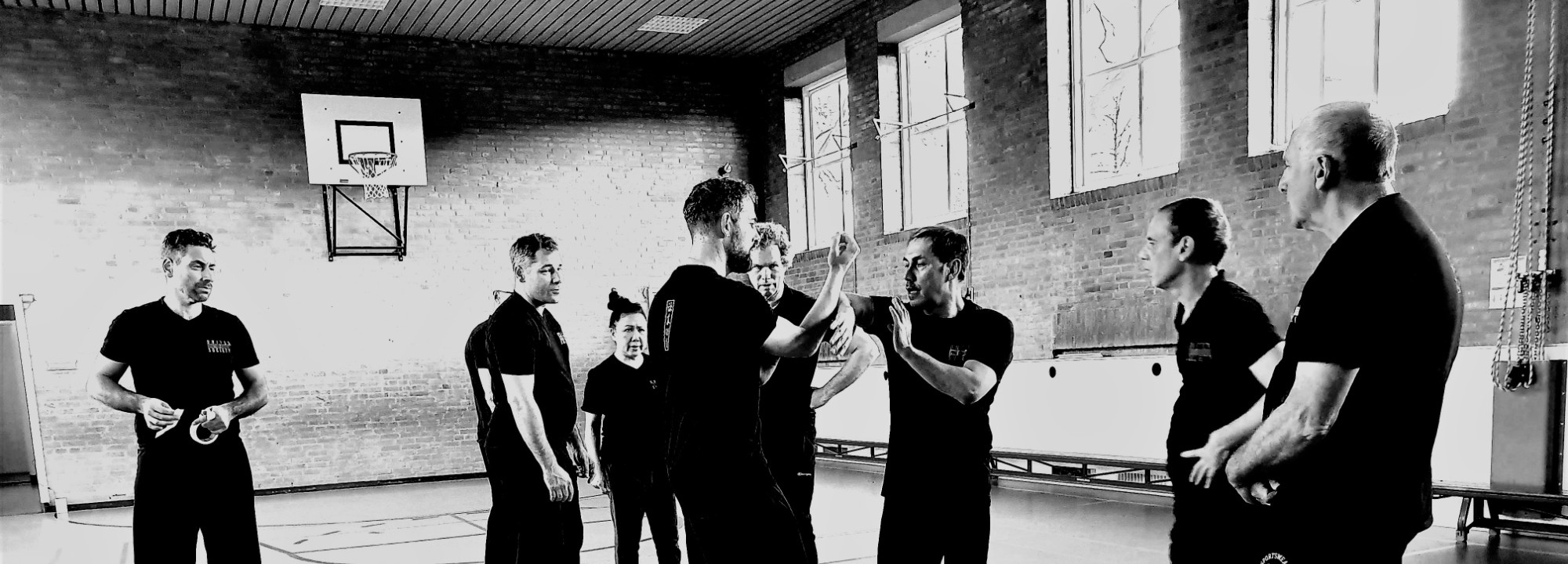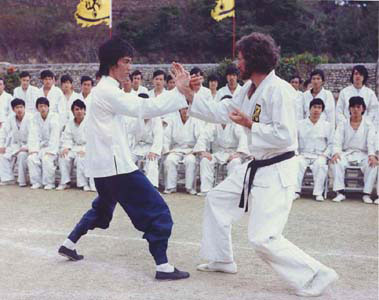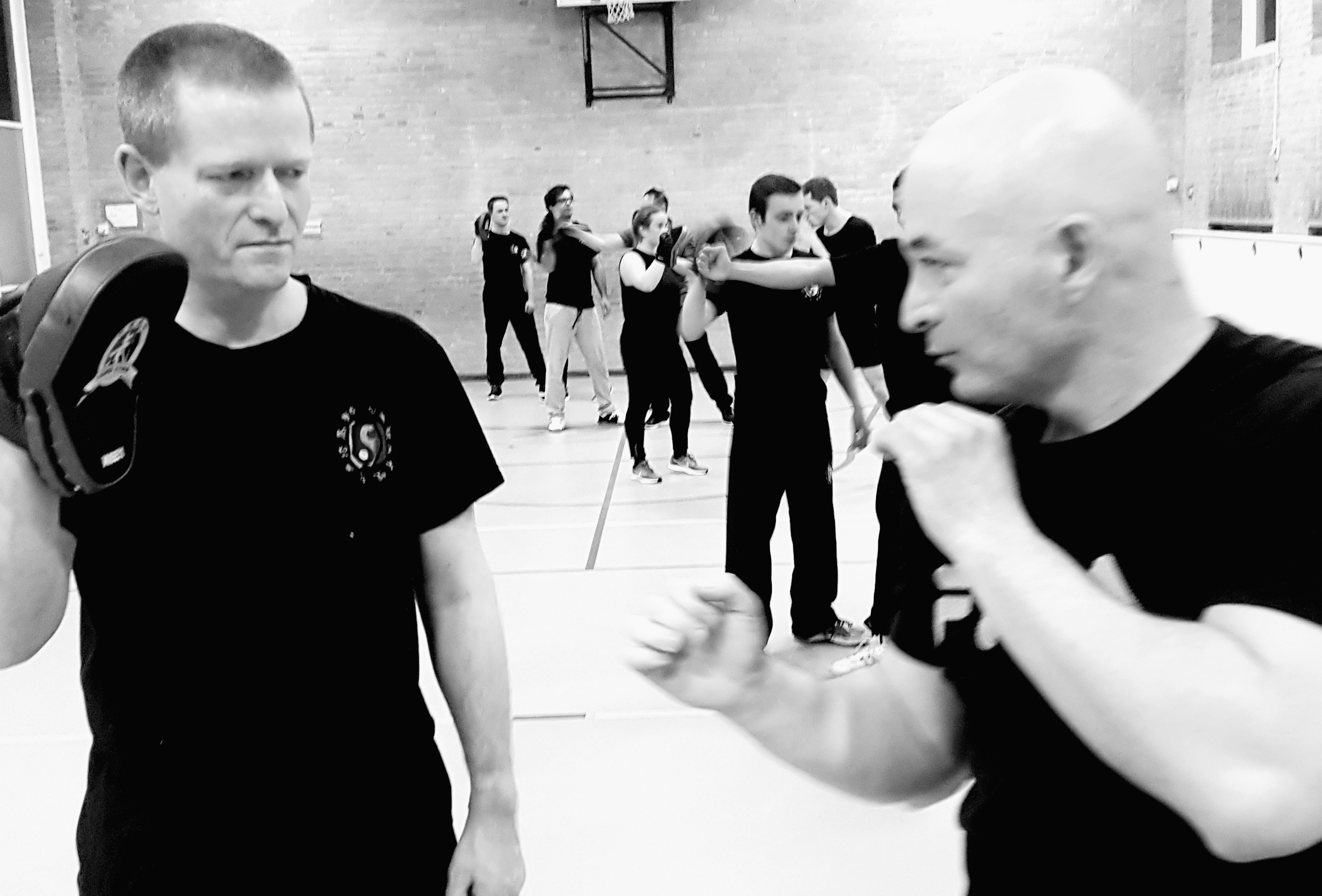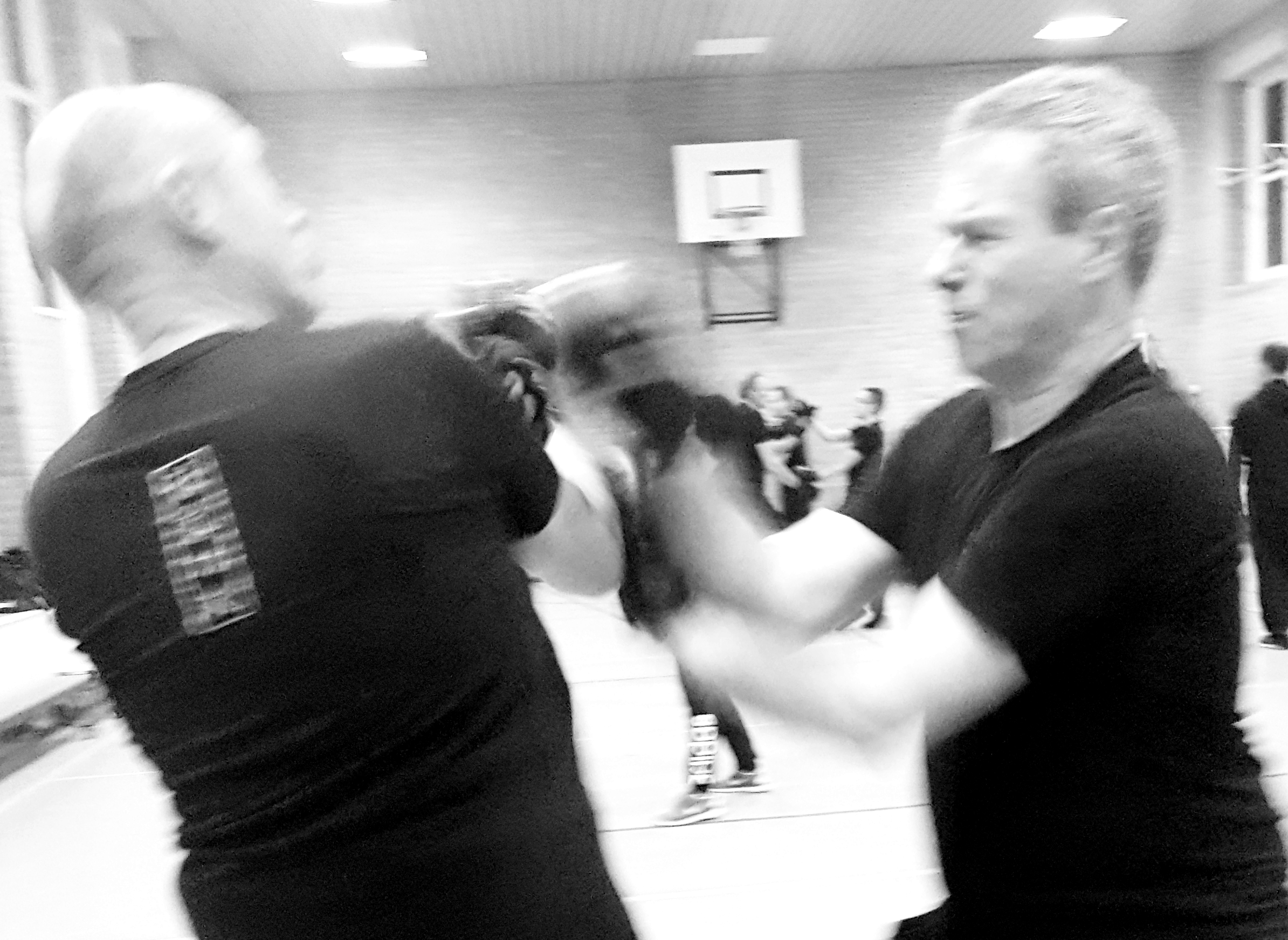






Ving Tsun Kung Fu
Als je Ving Tsun Kung Fu beoefent wordt je geleerd om positief te denken en positief te bewegen.
Alles wat negatief is, hoort eigenlijk niet thuis in Ving Tsun.

Jun fan jeet kune do
Jun Fan Jeet Kune Do is de vechtkunst die ontworpen is door de legendarische vechtkunstenaar Bruce Lee.
Letterlijk vertaald betekent
Jeet Kune Do
"de weg van de onderscheppende vuist"

Bij The Academy kun je terecht voor
Jun Fan Jeet Kune Do & Ving Tsun Kung Fu
Gratis proefles,
je bent altijd welkom
Trainen in een ontspannen sfeer
Proberen
welke vechtkunst het beste bij jou past
Jezelf in enkele weken effectief verdedigen
Dames en heren, jong en oud welkom
De vechtkust van Bruce Lee
Beide vechtkunsten vullen elkaar aan
Ted Wong Memorial
WSL Ving Tsun
The Academy Leiden
Jun Fan
Jeet Kune Do & Ving Tsun Kung Fu
James:
+31618798995
George:
+31683082363
Mail voor info:
info@theacademy.center
The Academy Venlo
Jun Fan
Jeet Kune Do
Steven
Mail voor info:
Steven
The name, likeness, image, domain names, designs, and trademarks of, or associated with, Bruce Lee©
are owned by ©Bruce Lee Enterprises, LLC. All Rights Reserved




